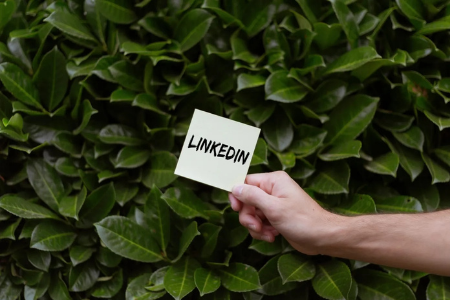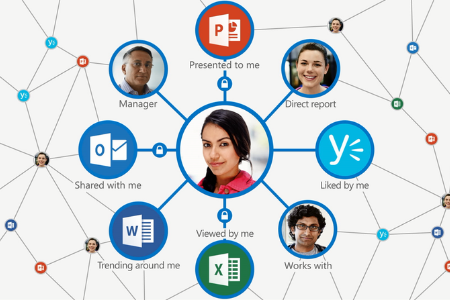You’ll Soon Be Able To View LinkedIn Profiles In Your Teams Chats
Did you know this? Microsoft isn’t just about Windows, 365 and Xbox. It also owns THE business social media platform LinkedIn.
And now the tech giant is going to bring together two of its most popular apps – LinkedIn and Teams – to help you and your people communicate better and be even more productive.
Think it’s not possible? Can Teams really bring MORE helpful features to its platform?
100% yes!
Microsoft recently announced it’s working on a new feature that will allow you to see colleagues’ LinkedIn profiles during personal chats in Teams.
The update is due to be released in March. And while it will only be available in 121 chats to start with, it’s possible that it will eventually become a feature across all chats.
That could make it easier for you to find the right people for upcoming projects, and to keep up-to-date on news from colleagues and anyone else you work with.
Microsoft bought LinkedIn back in 2016, for a massive $26 billion, to try to break into the social media space.
We’d say it’s done pretty well with that, wouldn’t you?
Thanks in huge part to the pandemic, productivity and communication tools like Teams have become a staple for businesses all across the world.
Teams makes it easy to hold video meetings, collaborate on projects, and chat with colleagues from anywhere, and on any device. Many companies would now struggle to function without it, despite a lot of workers being back in the office.
Teams currently has more than 270 million active monthly users, while LinkedIn has 810 million members in 200 countries around the world. It was only a matter of time until these two platforms joined forces!
So what could this mean for your business? How would you like to make use of this new feature? And what other features would you like to see in Teams soon? We’d love to hear your thoughts! Want to see what all the fuss is about Teams? We can help you get it set up within your business. Give us a call.










